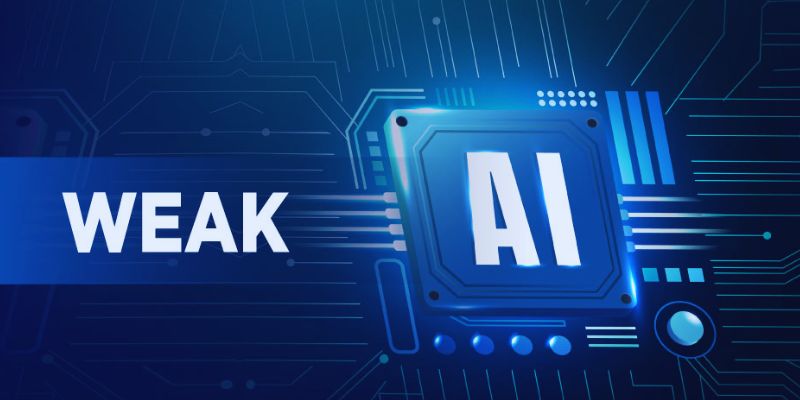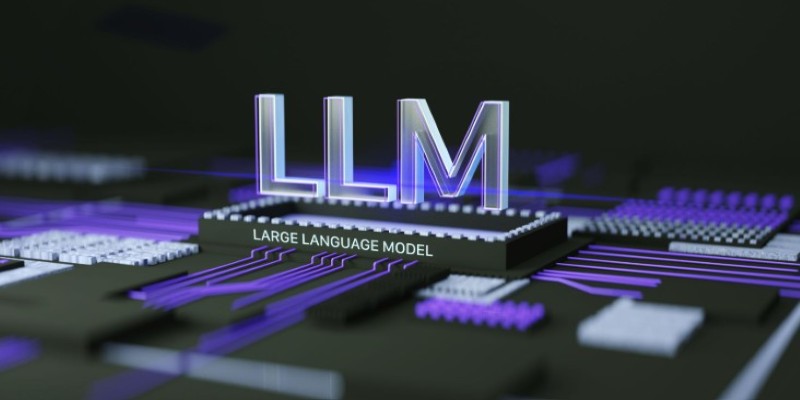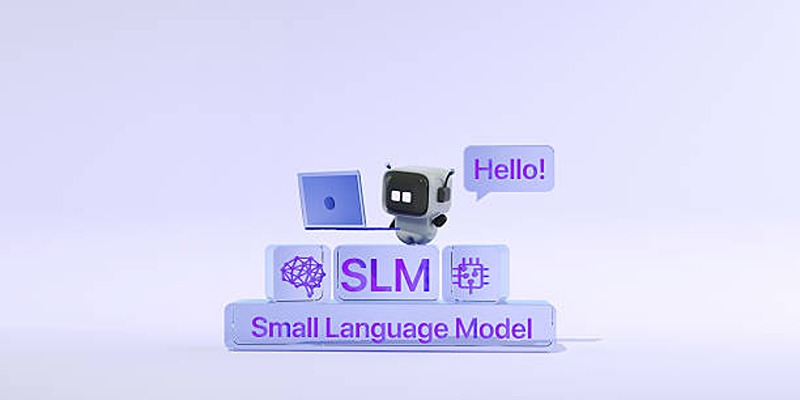Artificial intelligence (AI) permeates everything from your phone to your car. However, not every AI is the same. Narrow AI, sometimes known as weak AI, is the most often occurring form. Designed for certain chores like spam filtering or voice help, it cannot be creative or think outside of its program. It runs according to human patterns.
You do not notice the daily support from narrow artificial intelligence. It drives maps, web searches, and even your email filters. Rapid, effective, and task-oriented, this kind of artificial intelligence cannot think, feel, or solve problems outside of its purview. It lacks human flexibility and awareness. However, in many respects, Narrow artificial intelligence simplifies life. It's sophisticated, basic, and subtly supports our daily digital encounters.

What Is Narrow AI?
One sort of artificial intelligence with a limited emphasis is narrow artificial intelligence. Its only training is for one particular chore. Unlike most artificial intelligence, it cannot think, reason, or adjust like a human. Narrow artificial intelligence cannot operate outside of its intended use and follows definite guidelines. If you assign it another chore, it will not grasp. It solves straightforward, targeted challenges rapidly using algorithms and data. It does not respond in line with comprehending reality but rather depends on what it was taught.
It does not generate opinions or make autonomous judgments like people do. Narrow artificial intelligence permeates search engines, voice assistants, and even spam filters. Doing repetitive tasks saves time, is quick, and helps. However, it is not as flexible or creative as the human brain. However, technology silently and smartly supports our daily existence. That is the actual force of narrow artificial intelligence nowadays.

How Does Narrow AI Work?
Data, rules, and machine learning define narrow artificial intelligence. Developers first feed it plenty of data for analysis. It picks knowledge from patterns in that data, which guide its judgments and specific actions. By scanning many emails, for instance, a spam filter learns what spam looks like. Once educated, it automatically blocks those unwelcome messages.
Some narrow artificial intelligence applications employ machine learning to improve with increasing data volume. However, they cannot try new activities or change their jobs. They remain concentrated on the one job for which they were intended. Humans have to mentor, teach, and oversee narrow artificial intelligence closely. Developers choose its capabilities and then review their outcomes. The AI remains limited to what it learned. Its performance declines rapidly if the data gets bad or erroneous.
Examples of Narrow AI in Daily Life
Every day, usually without knowledge, we employ narrow artificial intelligence. These are a few typical instances:
- Voice Assistants: Though they cannot have in-depth discussions, Siri, Alexa, and Google Assistant use narrow artificial intelligence to process basic orders and answer basic questions.
- Spam Filters: By searching for particular terms, trends, and suspect senders, email programs use narrow artificial intelligence to identify spam and effectively prevent unwelcome communications.
- Search Engines: Google employs narrow artificial intelligence to examine your search patterns and generate the most pertinent search results depending on preferences and prior activity.
- Navigation Apps: Narrow artificial intelligence applications in apps like Google Maps help to propose the best paths, avoid traffic, and offer real-time updates for improved navigation.
- Streaming Services: Using Narrow AI to enhance recommendations, Netflix and Spotify propose episodes or music based on users' viewing or listening behaviors, hence guiding their learning preferences.
- Smart Cameras and Security Systems: These devices effectively monitor surroundings by using Narrow AI for motion tracking, license plate scanning, and facial recognition.
Benefits of Narrow AI
Both daily living and business gain much from narrow artificial intelligence. Let us investigate some main advantages:
- Saves Time: Narrow artificial intelligence completes short and easy tasks. Automating repetitive jobs saves people time and effort and lets them concentrate on more critical chores.
- Reduces Errors: Unlike people, machines neither become tired nor become distracted. Because narrow artificial intelligence can consistently handle tasks, human error is lessened, more accurate results are guaranteed, and fewer blunders.
- Works 24/7: Narrow artificial intelligence runs nonstop without pauses or sleep. It is particularly useful for chores requiring continuous attention or time-sensitive labor since it runs around the clock.
- Cost-Effective: For many routine or fundamental tasks, artificial intelligence systems are often more reasonably priced than hiring human workers. It keeps efficiency and quality while allowing companies to cut labor expenses.
- Improves Services: Narrow artificial intelligence improves the performance of many applications and utilities, smoothing user experiences. In customer service or product recommendations, it helps maximize services, guaranteeing better convenience and satisfaction.
Limits and Risks of Narrow AI
Though it has advantages, narrow artificial intelligence carries hazards and constraints that we should not overlook. It cannot think freely and lacks inventiveness. It cannot manage chores outside of its programming and adheres strictly. If one is requested to engage in something different, it will fail. Training data bias can result in improper or biased choices. By targeting AI systems, hackers can steal or compromise crucial data. Job loss in some sectors is, however, a major issue.
Many worry that, throughout time, artificial intelligence will eventually replace human labor. Narrow artificial intelligence also lacks an understanding of emotions or the purpose behind its activities. It merely responds according to its lessons. It is useful but not quite as sophisticated as humans are. Developers have to check and update these systems routinely. Maintaining AI's safety and efficacy depends on that. Understanding the hazards guides our responsible and sensible usage of artificial intelligence.
Conclusion:
From voice assistants to navigation apps, many of the technologies we interact with every day run on narrow artificial intelligence, commonly referred to as weak artificial intelligence. Even if technology saves time and boosts efficiency, it is confined to particular tasks and lacks human-like creativity or understanding. It has risks, including job loss and security issues, even with its benefits. However, Narrow AI is a powerful digital tool with the right development and monitoring under control. Understanding its opportunities and limitations helps us to use it responsibly and safely in a society driven more and more by smart technologies.











